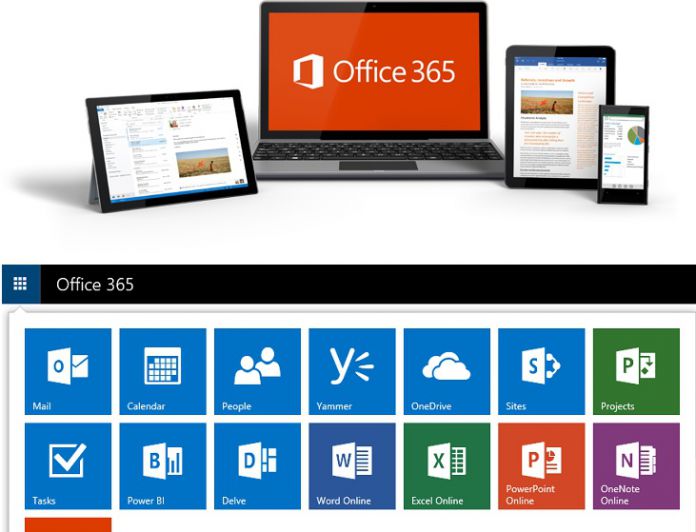Microsoft made it clear it saw the Windows Store (recently rebranded as the Microsoft Store) as the future. In other words, the company wants the store to be the default way to get Office apps. This path arrived in preview for Windows 10 S users last June. Windows Insiders have also had access to Office apps through the store. Now Office 365 listings are shedding their “preview” tag and are available to everyone. For clarity, the available services make up the core apps of the productivity suite. So, you can get Word 2016, Excel 2016, PowerPoint 2016, Access 2016, Outlook 2016, and Publisher 2016. As these are Windows Store apps, they are 32-bit versions of Office services ported with Microsoft’s Desktop App Convertor (Project Centennial). OneNote 2016 is not part of the package because Microsoft has a UWP version that it wants to be the default experience. This will continue through the launch of Office 2019, which OneNote will not be a part of.
Downloading Office Apps
Office 365 users must uninstall their desktop version of the suite before being able to download the apps. According to a report from Neowin, Microsoft will bring business SKUs of Office 365 apps to the Store soon. Now the company is targeting firstline workers as well as students with Windows 10 S. That means the number of available Office apps could expand to include more business-oriented solutions. The decision to open the apps in the Microsoft Store has led some to speculate the company’s intentions. Could Microsoft be moving to split up Office apps into separate services? Considering Office 2019 is close to preview, it seems unlikely.




